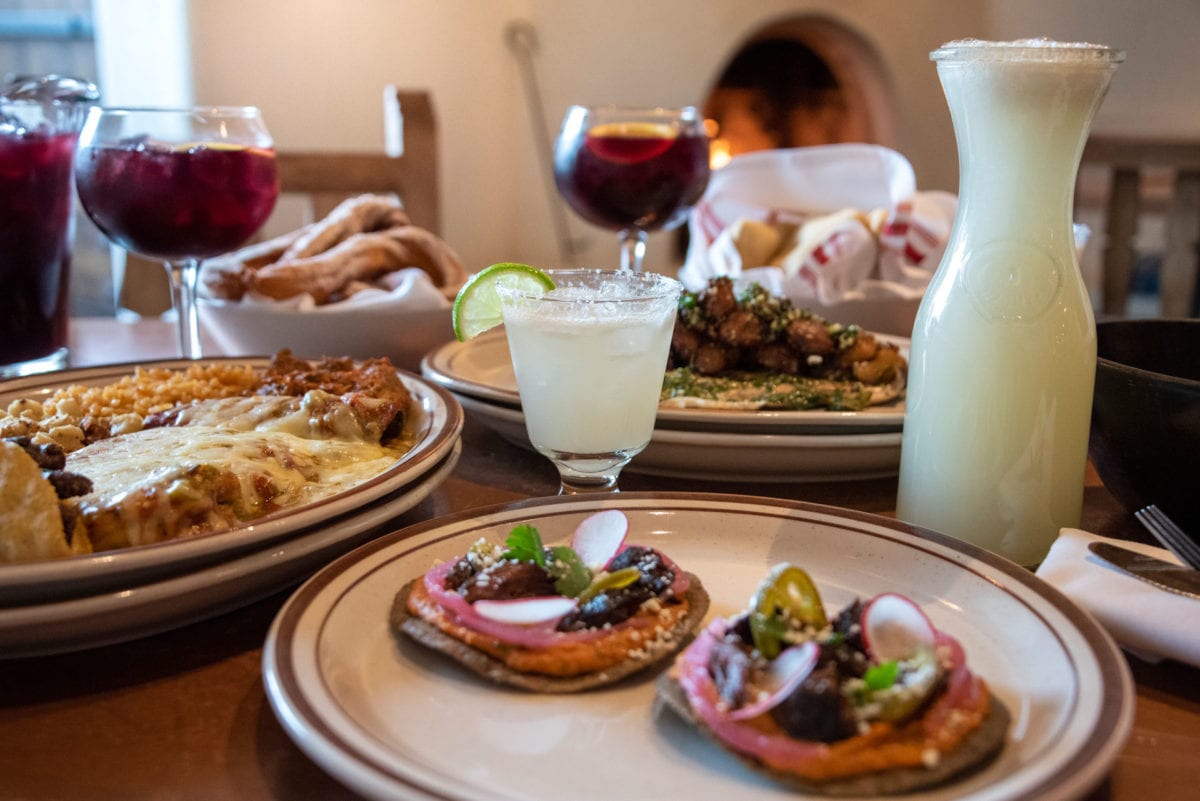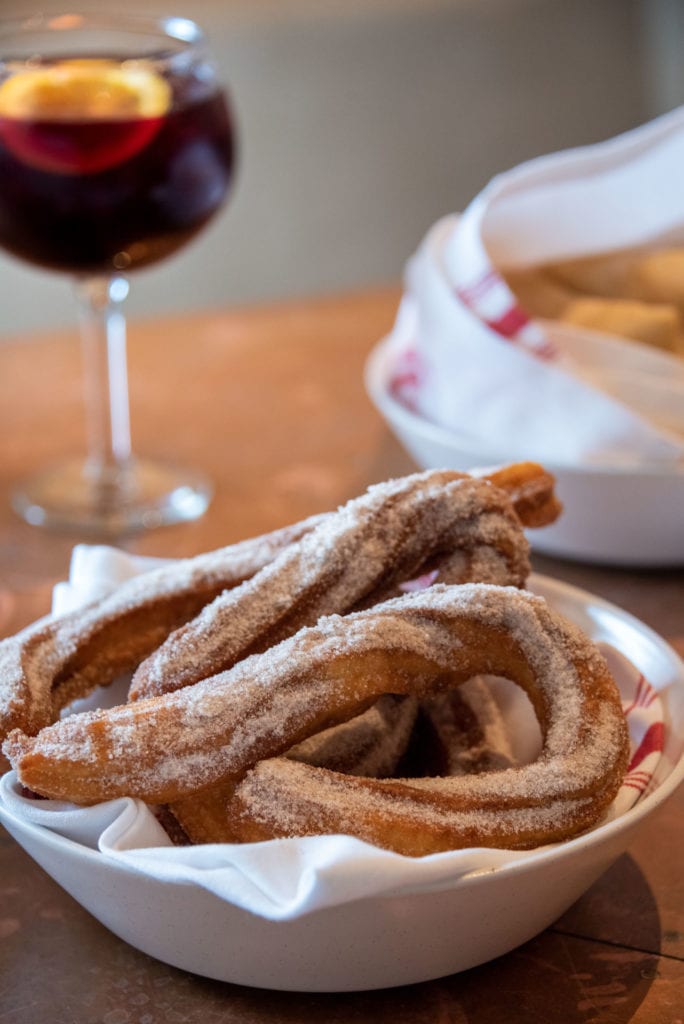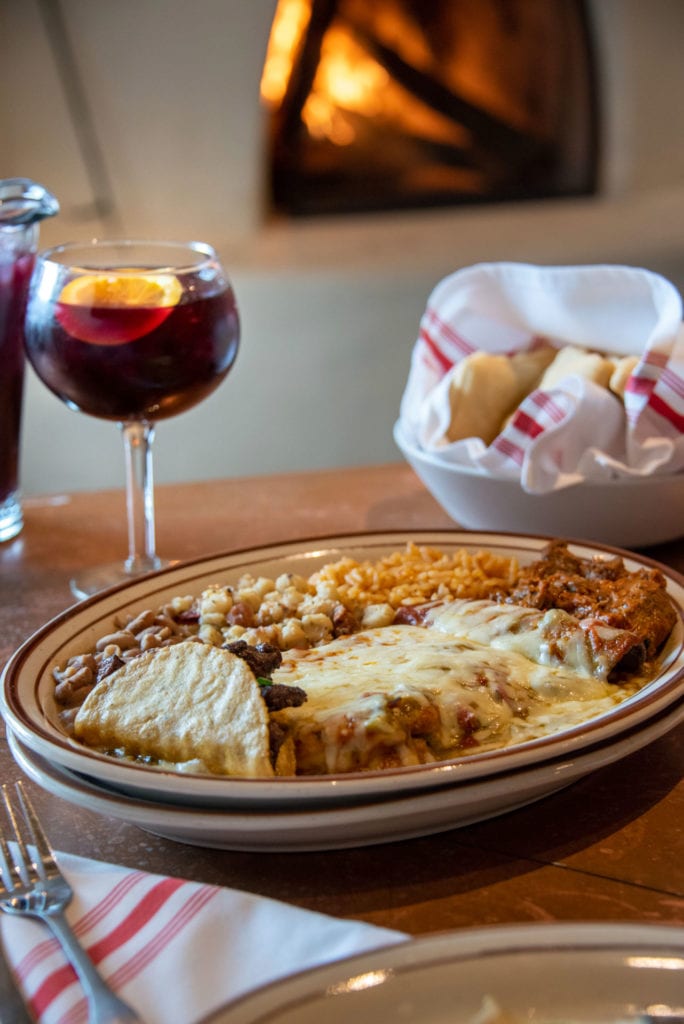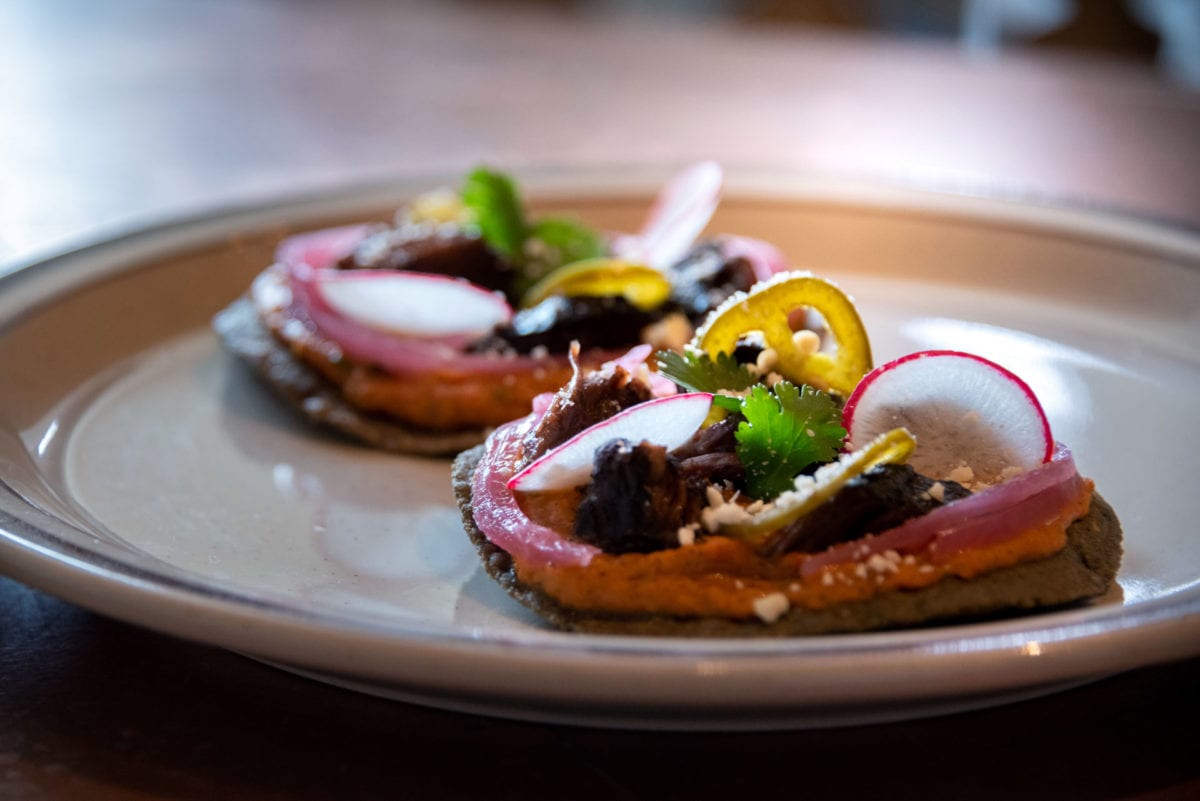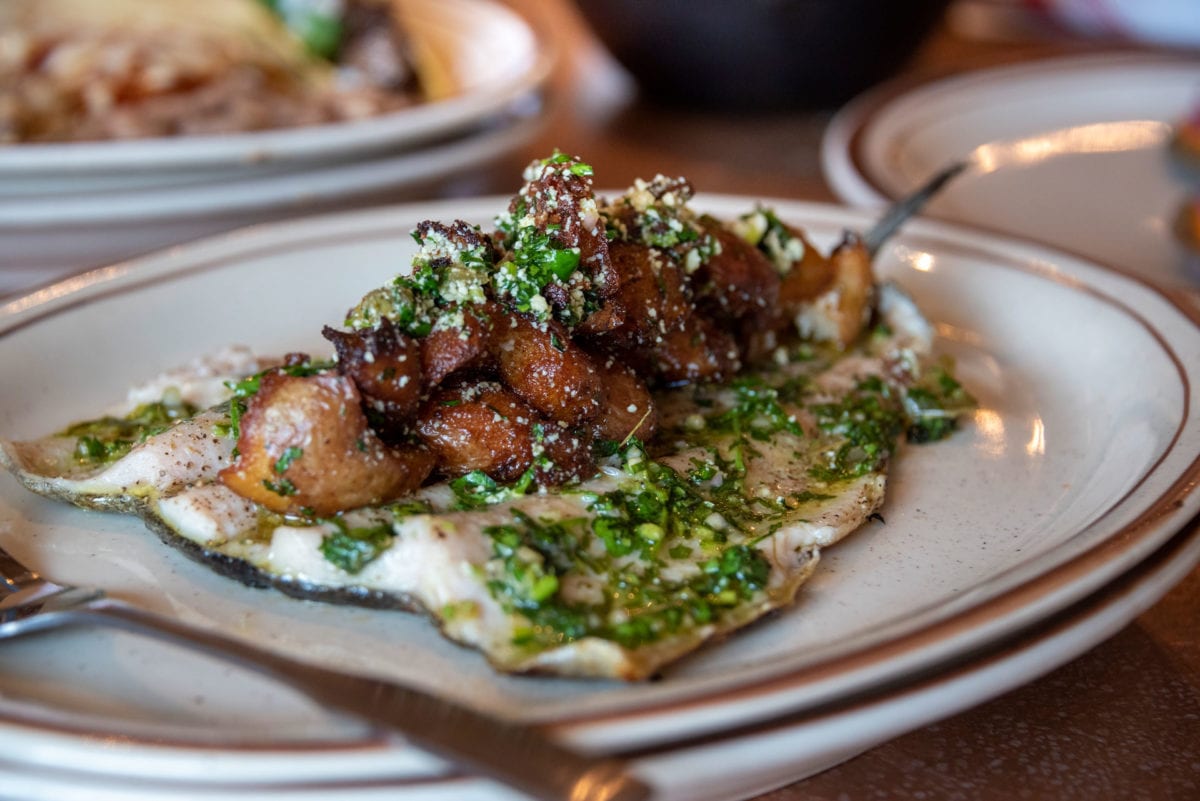“After football practice, I remember running to the restaurant, grabbing a sopapilla, ripping it open and stuffing it full of meat and sauce. Then I’d eat it like a sandwich. I’d do it all the time; that was my favorite snack ever,” says chef Kevin Nashan.
Many years later, he’d win a James Beard award, run a stable of fabulous restaurants and become known nationwide. But he was just 14 then. The restaurant was in Santa Fe, New Mexico, run by Kevin’s grandparents Willie and June Ortiz. It was named La Tertulia.
“I remember running from room to room in that old place. It was a former convent,” says Nashan. “I knew it as a fun, amazing restaurant my grandparents ran, but I didn’t know any different. It wasn’t until after St. Louis University, while a student at the Culinary Institute of America, that I had a sort of ‘aha!’ moment and realized just how special that restaurant, and my grandparents, really were.”
Perhaps the story of La Tertulia begins in late 1582, when Antonio de Espejo, an adventurer who came from Spain, decided to explore the region above his ranch in the far north of Mexico. After months of travel, he reached Native American towns not far from Santa Fe with thousands of inhabitants. These Pueblo Indians welcomed the travelers with locally harvested corn, beans and squash. To Espejo, the food was a bit bland – and his officers had just the thing to spice it up: long chile peppers and some seeds that the locals could plant on their own, beginning the four centuries-long evolution of New Mexican cuisine.
New Mexico, Nashan says, is “its own island. It draws inspiration from all sorts of different places.” Inspiration brought by Pueblo native people, Spanish ranchers, Navajos and Apaches, and cowboys, too.
Maybe, instead, the story of La Tertulia begins in May 1947, when a New Mexico resident visiting Nashville offered to take a young Tennessee lady named June on an excursion to Albuquerque. She agreed, provided he find someone to accompany them. The chaperone he found was a handsome veteran from Santa Fe named Willie Ortiz.
But perhaps the best place to begin is in December 1972, when Willie and June Ortiz, now long married with grandchildren, opened a restaurant in Santa Fe named La Tertulia – a name Nashan now uses for his own slice of Santa Fe.
“My dream for my Tertulia is to pay homage to my grandparents and their restaurant,” says Nashan. “I started my culinary journey with them and I want to end it with them. That doesn’t mean that my recipes are simply copies of theirs. I take their techniques as foundation, and then make it my own.”
Sometimes he simply changes the technique to enhance the flavor. Take the salsa; it used to be just the heart of the chile mixed with water and garlic. But now they make it con pellejo, with some of the peel added, to bring out the flavor of those Chimayo peppers. Equally often, Nashan creates entirely new entrees which spring from his love and knowledge of his grandparents’ food.
And then there’s the molino. Yes, it’s a newfangled electric machine, but it uses a pile of smooth basalt volcanic rock (the kind of stone traditionally used in Old Mexico) to grind the masa. The basalt kneads and mashes the corn instead of simply chopping it, making the flavor more powerful.
Back in the dining room, tables are filling up. There’s an exuberant young couple nearby.



The deluxe combination plate includes carne adovada, plus an enchilada, tamale and taco with posole, rice and pinto beans. Wash it down with some house sangria. 
The tostada is created with blue corn tortillas and includes white bean escabeche, braised beef and pickled jalapeno. 
The rainbow trout is cooked on a wood-fired grill and served with crispy potatoes and pinto beans.
“The green chile is spot on!” she says. Those chiles come fresh from Hatch, New Mexico, and nearby Velarde, a tiny village whose mile-high altitude makes the chiles even sweeter. She used to live in Farmington, New Mexico, and she can taste the difference.
(“It’s that rich and sandy soil,” supplies Nashan.)
“And the red’s amazing!” the diner says. “This is what we eat in New Mexico every day, and I’ve never found anything like it in Oklahoma.”
Near that lively woman is the host stand – a time-worn wood chest, its bright, painted flowers glistening. It was bought in Santa Fe. Nashan took Sasha Malinich of Casco – a huge, multinational design firm – to tour the Santa Fe region. Malinich, who is accustomed to working with celebrity chefs to design their restaurants, bought furnishings that, though not necessarily from Santa Fe, convey the warmth, passion, simplicity and hard work that define the city’s ethos. And not far from that, you can see Brian Green working away with a smile on his face.
“He’s my right hand,” says Nashan of his chef de cuisine. “He runs this place when I’m not around.”
“I saw that chicken you ordered, and I’m getting it too!” says a guy at a nearby table.
He made the right choice about the chicken. It comes tender, juicy, bursting with flavor, gloriously robed in a red between crimson and russet. That sauce’s rich complex flavor is a little taste of heaven.























